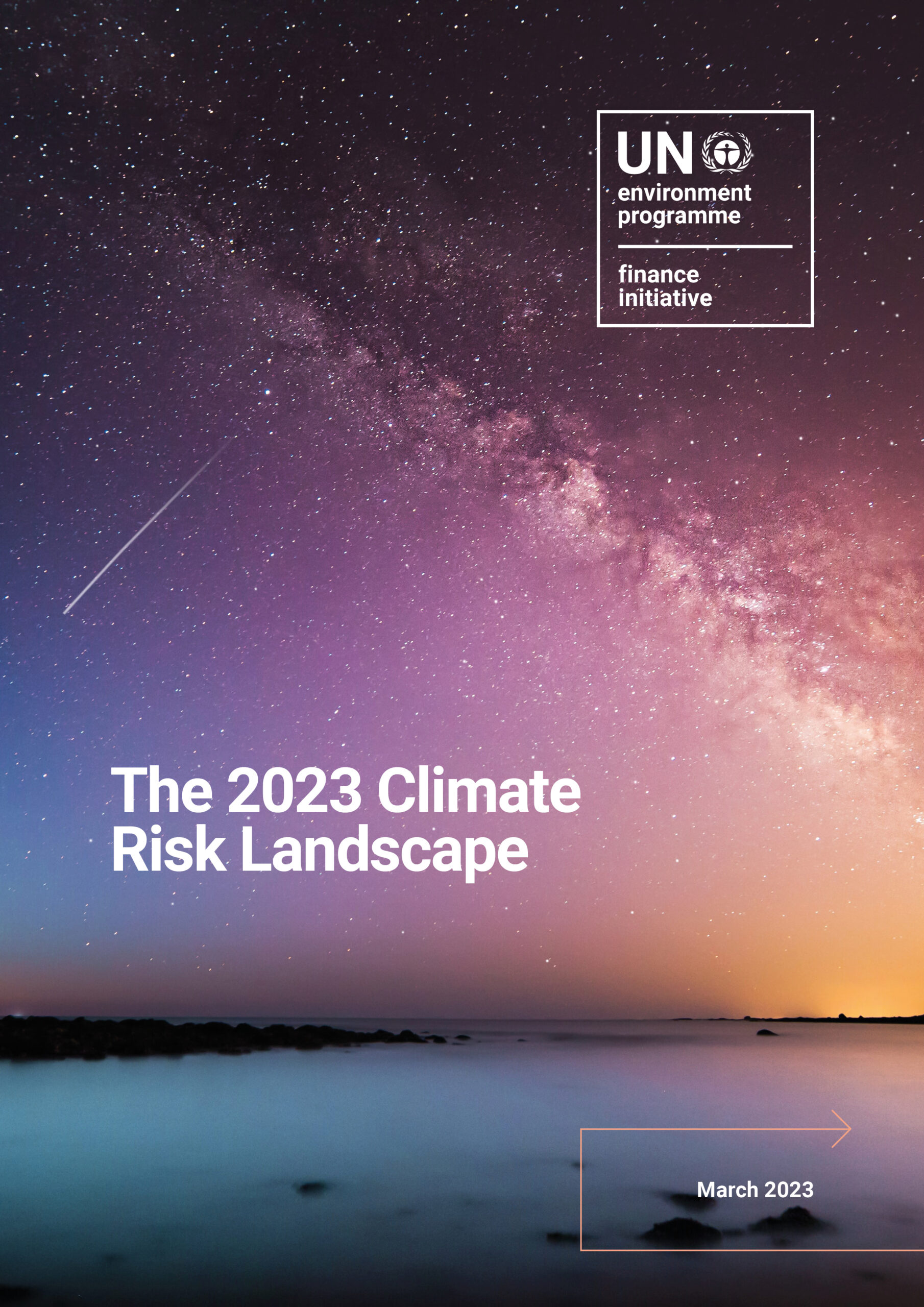The “Circular Economy as an Enabler for Responsible Banking” series of resources helps banks operationalise the interlinkages between the circular economy and climate, nature, pollution and healthy and inclusive economies. It provides actions for banks to move from setting sustainability targets to implementation, emphasising the integration of circular economy principles in their lending and investment decisions for high impact sectors. The guidance encourages banks to embed circularity into internal policies and processes, engage with clients in their transition to circular business models, redirect financial flows towards circular solutions and opportunities, and advocate for mainstreaming circularity.
Resource use is at the centre of the triple planetary crisis with resource extraction and processing accounting for over 55% of global greenhouse gas emissions[1], making implementation of the circular economy critical to achieve net-zero and other sustainability objectives. This above report focuses on the nexus between circular economy and climate mitigation. It outlines steps for signatories to the Principles for Responsible Banking and net-zero committed financial institutions to effectively embed circular solutions in their climate transition plans to achieve climate mitigation targets, including by increasing financing for circular solutions and opportunities, and through advocacy and partnerships with policymakers to enhance circularity.
This climate-focused report is supported by two sector supplements, guiding banks to develop sector-specific financing strategies that promote circular economy principles in two high impact sectors with high circularity potential buildings and construction, and textiles.
- Access the sectoral supplement on buildings & construction here.
- Access the sectoral supplement on textiles here.
The climate-focused report and sectoral supplements follow the initial report “Leveraging the Nexus between Circularity and Sustainability”. This paper is aimed at setting the scene and providing a general overview on operationalising the interlinkages between circular economy and climate, nature, pollution, and healthy and inclusive economies.
These new resources set out practical guidance for signatories to the Principles for Responsible Banking to move from target-setting for sustainability objectives to delivering on their commitments. The Principles for Responsible Banking are a unique framework for ensuring that signatory banks’ strategy and practice align with the vision society has set out for its future in the Sustainable Development Goals and the Paris Climate Agreement.
[1] UNEP, International Resource Panel, 2024. Global Resource Outlook 2024. Available at: unep.org/resources/Global-Resource-Outlook-2024



